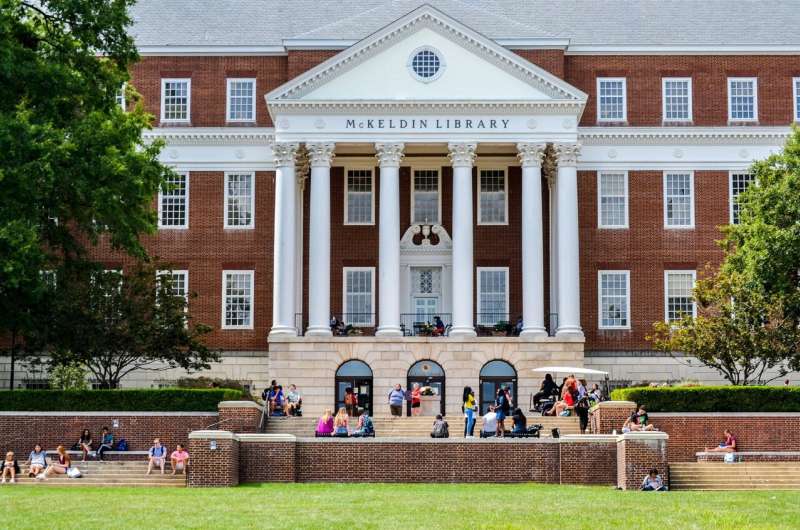This article has been reviewed according to Science X's editorial process and policies. Editors have highlighted the following attributes while ensuring the content's credibility:
fact-checked
peer-reviewed publication
trusted source
proofread
University campus buildings can offer testing sites for energy efficiency, flexibility innovations

The way buildings consume energy will continue to undergo massive upheavals in the next decade to adapt to electricity decarbonization efforts and the accompanying electrical grid changes. Improving building energy efficiency and flexibility—which account for three-fourths of electricity consumption and one-third of carbon dioxide emissions in the United States—offers an opportunity to achieve net-zero greenhouse gas emission goals.
"This context of rapid infrastructural change represents a huge opportunity to invest in flexibility, or a building's ability to manage its demand and generation according to grid conditions, local climate, and user needs," said Johanna Mathieu, an associate professor of electrical engineering and computer science at the University of Michigan.
In a recent paper published in Joule, Mathieu and a team of researchers advocate for the use of "living laboratories"—or experiments on energy usage and monitoring in actively used university campus buildings—to help accelerate the deployment of energy flexibility technologies in U.S. commercial buildings.
The authors urge fellow researchers to devote more resources to real-world experimentation to complement simulation and modeling efforts.
Although cost-effective, simulations offer an imperfect representation of reality that can quickly become outdated as energy consumption patterns change. When recalibrating models to account for these changes, even cutting-edge methods rely on design parameters or use data from electricity meters for the entire building rather than zone level sensors and submeters.
"Currently the accepted method is to 'model first and experiment second' but there is value in 'experiment first, model second' to improve our understanding of a system through experimentation while modeling it," said Jacques de Chalendar, the lead author of the study, and an adjunct professor of energy science and engineering at Stanford University.
Capturing data during flexibility events, such as lowering energy use when the grid is stressed, in commercial buildings can help calibrate models to how buildings behave. Permission to collect such datasets can be difficult to obtain, and if it is granted, commercial building owners often require a non-disclosure agreement, hindering the data's widespread use.
Clusters of university, government or large corporation buildings can act as test beds for energy flexibility as there are fewer decision-makers involved when setting up experiments. Further, a network of buildings allows standardized data collection on the same HVAC system hardware and software and provides an opportunity to conduct grid-scale experiments for building clusters.
The authors offer advice for fellow building flexibility researchers based on knowledge gained from living laboratories across three research institutions:
- Learn from building managers: Building and facilities managers can help educate researchers on the strengths and weaknesses of campus buildings, where sensors are best placed and stakeholder constraints.
- Keep it simple: Focus efforts to improve rule-based control methods that are already in place rather than overhauling building control (e.g., implementing model predictive control systems).
- Standardize procedures: Uniform evaluation of energy performance and flexibility will provide more reliable estimates for widespread application.
"Demand flexibility will have tremendous value alongside efficiency in future energy systems and has a critical role to play in the ongoing transition," said Mathieu.
Marrying real-world experiments with models will help develop the major innovations necessary for commercial buildings to meet sustainability targets and adapt to extreme weather events while maintaining the services that they already provide to occupants.
More information: Jacques A. de Chalendar et al, Living laboratories can and should play a greater role to unlock flexibility in United States commercial buildings, Joule (2023). DOI: 10.1016/j.joule.2023.11.009


















